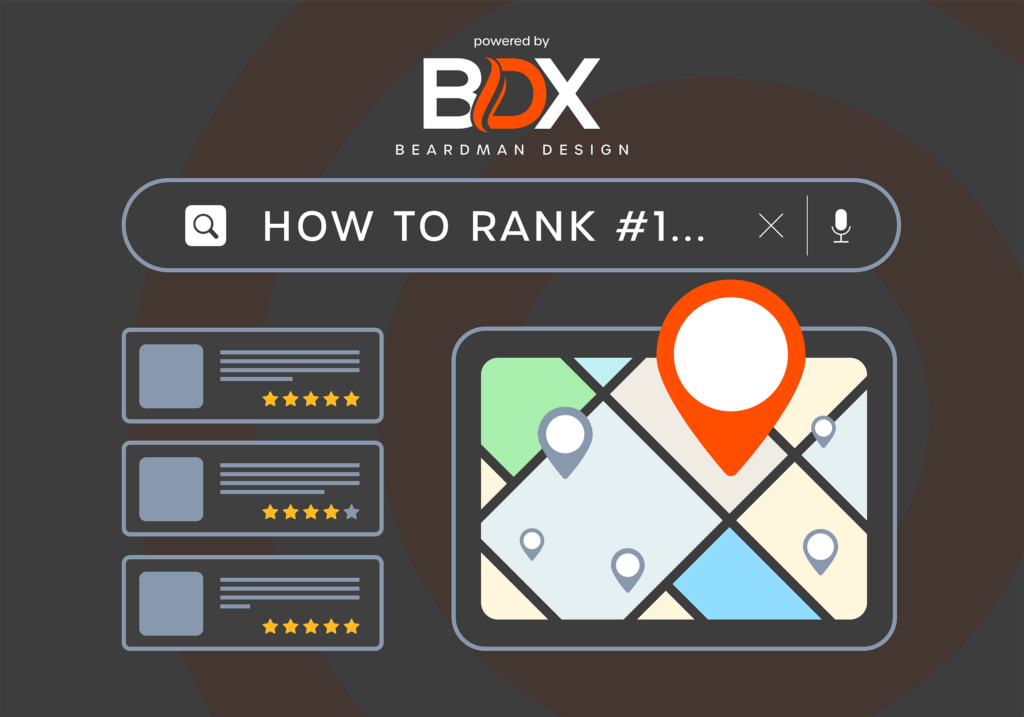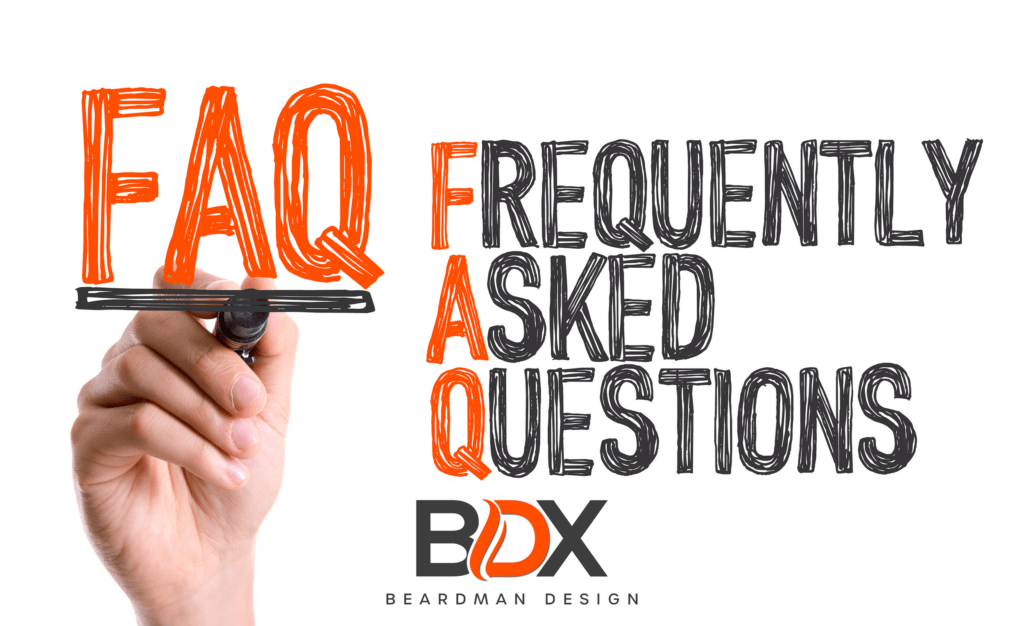
Welcome to “The Local Business Owner’s Guide to Dominating ‘Near Me’ Searches: The Ultimate SEO Strategy.” As a small business owner, you know that getting found online can make all the difference in driving customers to your door. And with the increasing popularity of “near me” searches, it’s more important than ever to have a solid local SEO strategy in place.
In this guide, we’ll take you through the step-by-step process of optimizing your website and Google My Business listing, conducting keyword research, and building high-quality local links to help your business rank #1 for ‘near me’ searches. We’ll also provide tips for tracking and analyzing your local SEO performance and common mistakes to avoid.
Whether you’re a brick-and-mortar shop, a service provider, or an online business with a local focus, this guide will provide the tools and knowledge you need to stand out from the competition and get found by local customers. So, let’s get started!
Understanding ‘Near Me’ Searches
As a small business owner, you may have noticed an increase in the number of ‘near me’ searches related to your business. These are location-based searches where users seek products or services in their immediate vicinity.
For example, a user searching for “coffee shops near me” on their mobile device indicates a desire to find a coffee shop in their current location. These searches have become increasingly popular in recent years, with Google reporting a 150% increase in ‘near me’ searches in the past two years alone.
Understanding how ‘near me’ searches work and how to optimize your website and Google My Business listing for these searches is crucial for driving local traffic to your business. The next section’ll explore the factors influencing local SEO rankings and how to conduct keyword research for your business.
Keyword Research for Local SEO
Keyword research is the foundation of any SEO strategy, and it’s no different for local SEO. However, instead of just focusing on general keywords related to your business, you’ll need to identify the keywords used by users in your local area to find businesses like yours.
Here are the steps you can follow to conduct effective keyword research for local SEO:
- Start with a list of seed keywords: These are the general keywords related to your business that you want to target, such as “pizza restaurant” or “hair salon.”
- Use keyword research tools: Various keyword research tools can help you identify more specific, location-based keywords. Google’s Keyword Planner and Ahrefs are popular options.
- Analyze competitor keywords: Look at your competitors’ keywords and see if there are any opportunities to target similar keywords.
- Consider user intent: Consider the specific queries that users in your local area may be searching for, and target keywords that align with their intent.
You can identify the most valuable keywords to target for your local SEO strategy by conducting thorough keyword research. In the next section, we’ll explore how to optimize your website for these keywords.
Optimizing Your Website for Local SEO
Once you’ve identified the keywords you want to target, the next step is to optimize your website for these keywords. Here are the key factors that influence local SEO rankings and how to optimize them:
- Website structure and organization: Make sure your website is well-structured and easy to navigate, with clear and concise URLs and page titles.
- On-page optimization: Incorporate your target keywords into your website’s content, including headers, meta descriptions, and image alt tags.
- Location-specific landing pages: Create landing pages for each location you serve with location-specific content and keywords.
- User intent optimization: Ensure your website’s content aligns with the user’s intent behind their search query, providing relevant and valuable information.
- Mobile optimization: With the majority of ‘near me’ searches conducted on mobile devices, it’s crucial that your website is mobile-friendly and loads quickly.
In addition to these on-page factors, off-page factors can impact your local SEO rankings, such as local link building and Google My Business optimization. In the next sections, we’ll explore these factors in more detail.
Local Link Building
Link building is an essential aspect of any SEO strategy, and it’s no different for local SEO. However, instead of focusing on building links from high-authority websites, local link building involves building links from local sources relevant to your business.
Here are some strategies you can use to build high-quality local links:
- Get listed in local directories: Listings in local directories can provide valuable backlinks to your website. Some examples include Yelp, Yellowpages, and Foursquare.
- Sponsor local events: Sponsoring local events is a great way to get exposure for your business while also building local links. Make sure to request a link to your website for your sponsorship.
- Guest posts on local blogs: Contributing guest posts to local blogs effectively build links and establishes your business as a local authority.
- Partner with other local businesses: Partnering with other local businesses can provide opportunities for cross-promotion and link-building.
Building high-quality local links will improve your local SEO rankings and increase your brand visibility and authority in your local community. In the next section, we’ll explore how to create and optimize your Google My Business listing.
Creating and Optimizing Google My Business Listing
Google My Business (GMB) is a free tool that allows businesses to manage their online presence across Google, including search and maps. Optimizing your GMB listing is crucial for local SEO, as it provides users with valuable information about your business and can impact your local search rankings.
Here are the key steps to creating and optimizing your GMB listing:
- Claim your listing: If you haven’t already, claim your business listing on Google My Business.
- Verify your listing: Google will ask you to verify your listing to ensure you are a legitimate business owner. This can be done through phone, email, or physical mail.
- Optimize your listing: Fill out all the information on your GMB listing, including your business name, address, phone number, website URL, and business hours. Make sure to use relevant keywords and provide accurate information.
- Add photos and videos: Visual content can effectively attract potential customers. Add high-quality photos and videos of your business to your GMB listing.
- Encourage customer reviews: Customer reviews are important in local SEO rankings. Encourage your customers to leave reviews on your GMB listing and respond to all positive or negative reviews.
Creating and optimizing your GMB listing will give users the information they need to find and choose your business. The following section will explore how to measure and track your local SEO performance.
Measuring and Tracking Local SEO Performance
Measuring and tracking your local SEO performance is crucial for evaluating the effectiveness of your SEO strategy and making data-driven decisions to improve your rankings. Here are the key metrics to track and the tools for measuring them:
- Website traffic: Keep an eye on your website traffic to see how many visitors are coming from local searches. This can be tracked using Google Analytics.
- Search engine rankings: Monitor your local rankings to see how your website performs for your target keywords. This can be tracked using tools such as Ahrefs or SEMrush.
- Google My Business Insights: GMB provides insights on how users interact with your listing, including views, clicks, and reviews.
- Customer reviews: Track the number and quality of customer reviews you receive on your GMB listing and other online review platforms.
You can use various tools to track these metrics, including Google Analytics, Google Search Console, and third-party SEO tools like Ahrefs or SEMrush. Once you have collected the data, it’s essential to analyze and interpret it to identify trends and areas for improvement.
Here are some tips for analyzing and interpreting your local SEO data:
- Look for patterns: Look for patterns in your data, such as increases or decreases in traffic or rankings, and try to identify the underlying causes.
- Compare to your competitors: Compare your data to your competitors to see how you stack up and identify areas where you can improve.
- Set goals: Use your data to set goals for improving your local SEO performance and track your progress over time.
Tracking and analyzing your local SEO data can optimize your strategy and stay ahead of the competition. In the next section, we’ll explore common local SEO mistakes to avoid.
Common Local SEO Mistakes to Avoid
While there are many effective strategies for improving your local SEO rankings, there are also common mistakes that can hurt your rankings and sabotage your efforts. Here are some of the most common local SEO mistakes to avoid:
- Inconsistent NAP information: NAP (Name, Address, Phone Number) consistency is crucial for local SEO. Ensure your NAP information is consistent across all online platforms, including your website, GMB listing, and local directories.
- Ignoring customer reviews: Customer reviews are essential to local SEO rankings. Ignoring or failing to respond to customer reviews can hurt your rankings and reputation.
- Not optimizing for user intent: Focusing solely on keywords and neglecting user intent can result in low-quality content that doesn’t provide value to users.
- Poor website structure and organization: A poorly structured website can make navigating difficult for users and search engines, hurting your local SEO rankings.
- Not optimizing for mobile: With most ‘near me’ searches conducted on mobile devices, failing to optimize your website for mobile can result in lost opportunities for local traffic.
By avoiding these common local SEO mistakes and implementing best practices, you can improve your local search rankings and drive more traffic to your business. In the next section, we’ll summarize the guide’s main points and offer a call to action for readers.
Frequently Asked Questions

The top factors that impact local SEO rankings include NAP consistency, website structure and organization, on-page optimization, local link building, Google My Business optimization, and customer reviews.
It can take anywhere from a few weeks to several months to see results from local SEO efforts, depending on factors such as competition, keyword difficulty, and the effectiveness of your strategy.
Organic SEO focuses on improving a website’s overall search engine rankings, while local SEO focuses specifically on improving a business’s rankings for location-based searches.
Customer reviews are a crucial factor in local SEO rankings, as they provide valuable social proof and help to establish trust and credibility with potential customers.
While paid search ads can drive traffic to your website, they don’t directly impact your local SEO rankings.
Common local SEO mistakes to avoid include inconsistent NAP information, ignoring customer reviews, neglecting mobile optimization, and focusing solely on keywords instead of user intent.
While having a physical storefront can help with local SEO, it’s not necessary. Online businesses with a local focus can still benefit from local SEO strategies.
Google uses a variety of factors to determine which businesses to display for ‘near me’ searches, including relevance, distance, and prominence.
Focus on building high-quality local links, optimizing your Google My Business listing, and creating location-specific landing pages to compete with larger businesses for local SEO rankings.
The best way to optimize for multiple locations is to create location-specific landing pages, optimize your Google My Business listing for each location, and ensure NAP consistency across all online platforms.




